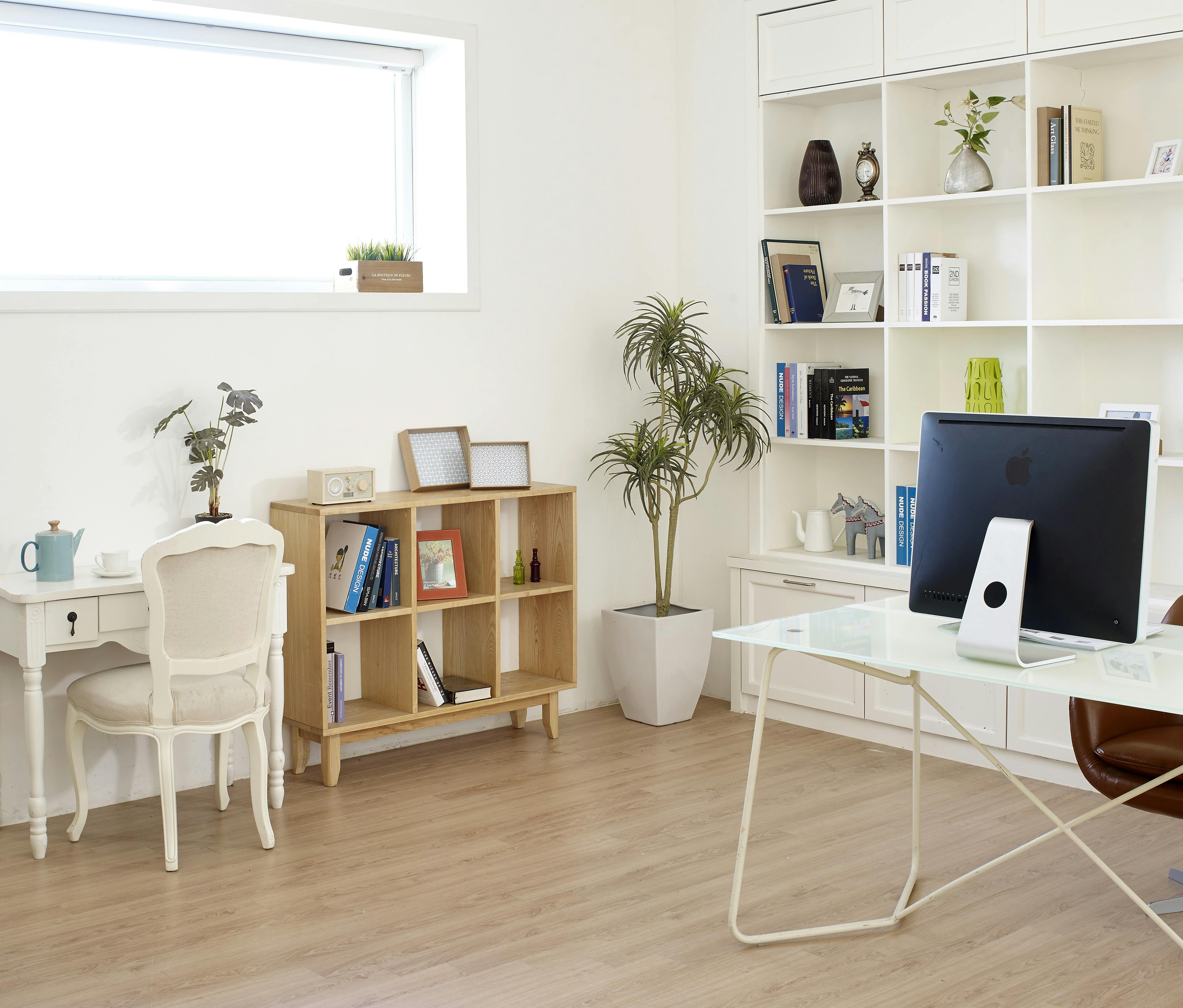
Optimize Home Office Organization With Hacks That Boost Daily Focus
A well-organized workspace helps you stay focused and productive throughout the day. Clear lines of sight and distinct areas for different tasks make it easier to find what you need and reduce distractions. Keep the essentials within reach and remove anything that creates unnecessary clutter. Take a moment to look around your desk, noticing which objects never get used, cords that gather dust beneath your feet, and stacks of paper that seem to multiply over time. By spotting these trouble spots, you can quickly decide what needs your attention first and make immediate improvements that create a tidier, more efficient setup.
Next, consider how you move through your tasks. Do you reach for reference books on a distant shelf? Do you swivel between your screen and a notebook? Observing these habits reveals small adjustments that save time and effort.
Assess Your Current Workspace
Begin by mapping out zones for action. Assign an area for digital work, another for note-taking and brainstorming, and a quick-access shelf for reference items. Visualize how tasks flow from one zone to another.
Measure your desk surface and storage capacity. A cramped workspace forces you to juggle items, while too much empty space tempts you to spread out papers and lose focus. Find the ideal balance by trying different layouts over a few days.
Essential Desk Organization Hacks
- Use a cable organizer: Clip cables under the desk rail to keep them off the floor and out of sight.
- Add a monitor stand with drawers: Elevate your screen to eye level and store pens and sticky notes in discreet drawers.
- Use a two-tray letter sorter: Keep incoming and outgoing documents separate to avoid shuffling through a messy pile.
- Label every container: A small label maker speeds up retrieval and prevents rifling through boxes.
Implement these hacks one step at a time. Tackle cables first, then see how raising your screen affects your posture. Each success builds momentum and keeps you motivated.
Smart Storage Solutions
- Floating shelves: Install them above eye level to store binders and decor without taking up desk space.
- Mounted pegboards: Hang tools like scissors, rulers, and earbuds within arm’s reach.
- Rolling carts: Place them beside or under the desk for seasonal files and backup supplies.
- Clear drawer organizers: Sort small items by category so you don’t waste time rummaging.
When choosing containers, opt for transparent or mesh designs. They allow you to see contents instantly. Group similar items by project or usage frequency to streamline your daily routines.
This level of order helps you stay focused on work instead of fighting with storage. It also gives your workspace a professional look without overwhelming the eye.
Ergonomic Setup Tips
Position your monitor so the top third of the screen aligns with your eye level. This small adjustment reduces neck strain. Place your keyboard flat on the desk or use a slight negative tilt tray for neutral wrist positioning.
Select a chair that provides firm lumbar support. If you prefer standing, choose an adjustable desk or a desktop converter. Switch between sitting and standing every 30 minutes to maintain energy and keep muscles active.
Daily Maintenance Routine
End each workday with a 5-minute reset. Return tools to their designated places, clear sticky notes you've completed, and file loose papers. This small habit prevents mess from building up and prepares you for a fresh start tomorrow.
Wipe surfaces once a week. A quick spray of a gentle cleaner on your keyboard, mouse, and desk removes dust that could damage your equipment over time. A clean space feels sharper and reduces distractions.
Focus-Enhancing Techniques
Make your workspace a quiet zone by controlling light and sound. Use a narrow-spectrum desk lamp to highlight your keyboard. Set up a white noise machine or play ambient tracks at 60 decibels to block out background chatter.
Use a time-blocking approach: divide your day into 25-minute work sprints followed by 5-minute breaks. Known as the Pomodoro technique, it aligns with natural attention cycles. Track completed sprints with a simple tally on a whiteboard or app.
Use occasional sensory cues: keep an essential oil roller like lavender or peppermint on the desk. A quick inhale signals a transition between tasks and keeps your focus anchored.
Set a visual cue indicating your availability. Flip a desk sign to “Do Not Disturb” during deep-focus periods. It clearly communicates to others without needing verbal explanation, minimizing interruptions.
Finally, review your setup each month. Remove hacks that no longer serve you and adopt new tools that fit your evolving workflow. This practice keeps your workspace efficient and well-suited to your needs.
Small adjustments quickly add up. By evaluating your space, adding practical storage, and maintaining a routine, you sharpen your daily focus and complete tasks confidently. Tailor these tips to your work style and watch your productivity improve.